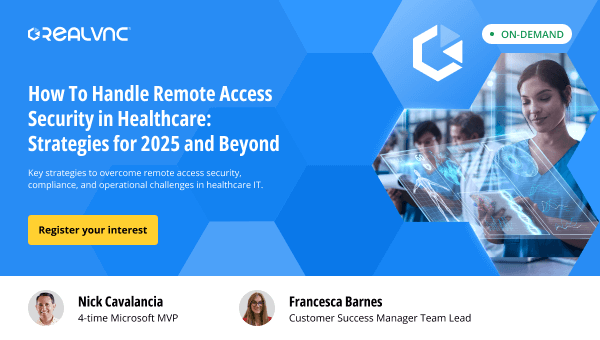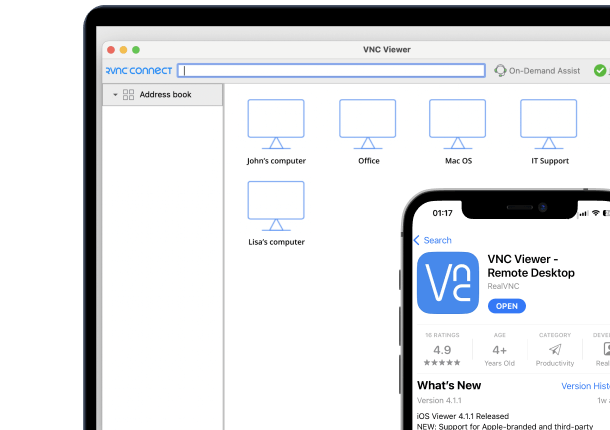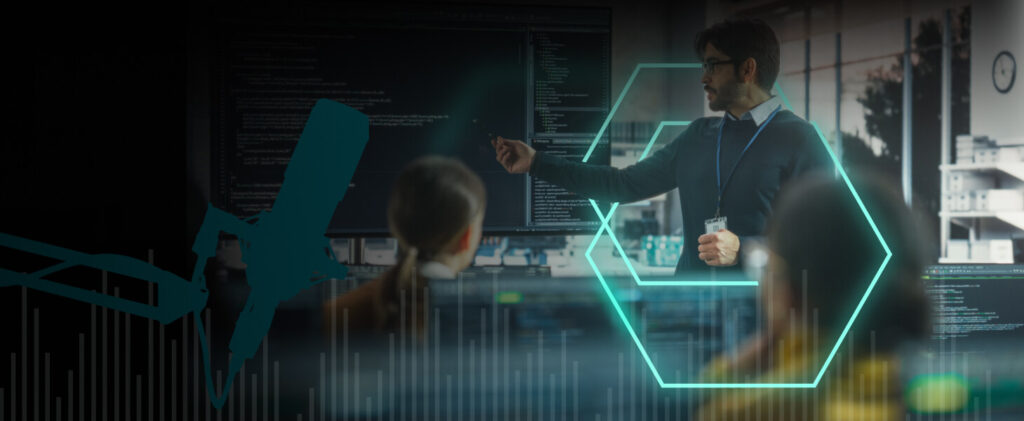VPN is a mature, reliable technology that’s been around for quite a while, but there’s another mature, reliable solution that offers similar functionality and benefits—remote access software.
A VPN and remote desktop software are both secure means of connecting to computers at a different location, but differ slightly in their capabilities.
In this post, we’ll explain a little about both technologies and the pros and cons of each to help you decide which solution is best suited for supporting remote working in your company.
A company VPN provides an encrypted connection from a remote computer to a network of computers at a different location—this can be used, for example, by an employee to access the office network from home.
A VPN makes the remote computer accessing a network part of that network, effectively extending the company firewall to protect that computer, and can be set up to only allow work-related connections to pass through the firewall.
Remote access software, sometimes known as screen sharing, enables a user to connect remotely from any device and control another desktop at their workplace by mirroring the latter’s graphical interface.
Unlike a VPN, the remote computer doesn’t necessarily have to be part of the network and its resources.
An original use for the technology was to provide IT remote support, but it has become increasingly popular for other tasks, including collaborative working, remote training and, especially, remote working, as we’ll see later.
It’s important to emphasize that, though the two technologies can be used to solve similar problems, the way they each work is quite distinct, so we’re not necessarily comparing like with like.
Which technology you decide to use depends on your personal or business requirements, so here are some things for you to consider.
How difficult is it to set up?
Remote access software tends to be easier to install and configure than a company VPN, which is often more difficult for non-technical users to set up to work correctly. It’s more than likely that you’ll have to enlist the help of your IT department to set up a VPN for you.
If the configuration isn’t handled correctly, it could result in unnecessary headaches for you and your staff.
Remote access software allows you to easily customize who has access to specific computers and what they can do once they’re connected. You can also easily group users into teams and set the appropriate level of access for each, according to their job descriptions.
Is it easy to use?
Any software product that you choose needs to be as easy to use as possible. This is particularly important if your users are from a non-technical background, or your business doesn’t have a dedicated IT department.
Sometimes you don’t want to have to go to the trouble of first installing the software and then configuring endless options in order to get it up and running—you just want something that works out-of-the-box.
Once configured, VPNs are just as simple to use as remote access software, but setting one up can be intimidating for people who are not IT-trained, and the configuration process can limit their appeal.
Above all else, the experience remote access software like VNC Connect offers will feel instinctively comfortable regardless of a user’s technical abilities. Seeing their remote desktop mirrored on their local device is something everyone can understand.
Read: how to use VNC Connect remote desktop software
Which solution is more secure?
There is a common perception that because all connections over a VPN are automatically encrypted, they are more secure than screen sharing sessions.
Dig a little deeper and you’ll find these fears are largely unfounded, so long as your remote access software includes some essential security features and is correctly configured.
Like VPNs, most remote access software offers end-to-end encryption and multi-factor authentication (MFA) to protect you, but you should make sure that your screen sharing software of choice supports these features before purchase. Without them, VPNs will always be more secure.
The ability to easily restrict user access to certain functionality in remote access software, such as disabling file transfer, means that sensitive information cannot be transferred from a remote machine.
This is particularly important if your company needs to follow compliance regulations, for example in the medical or financial sectors.
A key security advantage of remote access software is what we can call the separation of environments.
As we’ve seen, when using a VPN, the remote computer that you connect from becomes part of the network to which you’re connecting. Any malware on the remote computer can be transferred to the network and vice versa.
By default, only keyboard and mouse or touch events are transferred over a screen sharing session. You’d actively have to transfer a corrupted file in order to infect the network, providing an enhanced level of security.
If you are interested in learning more about how VPNs and remote access solutions compare on security, we have written an insightful whitepaper on the subject which you can download here.
Speed and performance
Whichever solution you decide to go with, you’ll want the very best performance and stability from the product. A reliable and fast connection is essential for your company, so you don’t want to be frustrated by slow response times and dropped connections.
Share your screen with coworkers
Finally, the biggest advantage of remote access software to a company is the core feature itself: the ability to screen share between users.
Being able to share your screen with another person enables a number of business use cases that are just not possible with a VPN.
Growing companies on limited budgets can save on IT and other business costs by running a Bring Your Own Device (BYOD) policy, allowing employees with the right security procedures in place to use their own devices to access centrally-controlled IT resources.
By doing so, organizations can avoid paying for and supporting multiple software licenses for different devices, instead installing the required software on a few shared devices and allowing remote access employees who need it.
Your IT team can use the just-in-time capability of remote access software to support personal devices quickly and simply, as if they were part of your device estate.
When your staff are working remotely from home or when travelling on business, they’re also not using valuable desk space, equipment, stationery, and other amenities required by office-bound employees that can rack up business-running costs.
With a remote access strategy and flexible working initiatives, businesses can be free to acquire high-quality talent worldwide. Location is no longer a problem when seeking the best candidates available.
Leaders can employ the best-suited person for the job, regardless of location, giving their remote workers access to all centrally-held IT resources, as well as any support they may need.
And talking of support, remote access software allows you to provide IT assistance to your staff wherever they’re located, minimizing disruptions and maintaining productivity.
Service providers and IT teams can access remote systems and devices to ensure they are continuously updated, maintained, and resistant to downtime risks – another contributor to business continuity.
Screen sharing also opens the door to the possibility of remote collaborative working, both with teams in your company and with external clients.
But the benefits are not limited to your own staff. You wouldn’t give your external customers access to your private company network via a VPN because of the obvious privacy issues, but you can use remote access software to connect to devices that aren’t yours to deliver effective customer service to your business partners, or to offer product demonstrations and training.
So which solution is best for your business?
Both technologies make it easy to implement a remote working strategy, but remote access software offers other benefits that you might want to consider for your company. In reality, both are complementary and many people use them together to enable remote working and much else. For example, if you don’t trust the cloud servers that remote access vendors use, you might want to consider routing traffic through a VPN to ensure all information stays private.
VNC vs VPN
VNC Connect is a fully encrypted, high speed remote access software solution which is a cost effective alternative or accompaniment to a VPN. Simple to set up and use, VNC Connect offers both unattended access – perfect for remote working, and attended access – ideal for remote support. If you’re looking for a reliable remote support software, you can take advantage of a free 14-day trial to experience firsthand how VNC Connect can empower your business.
